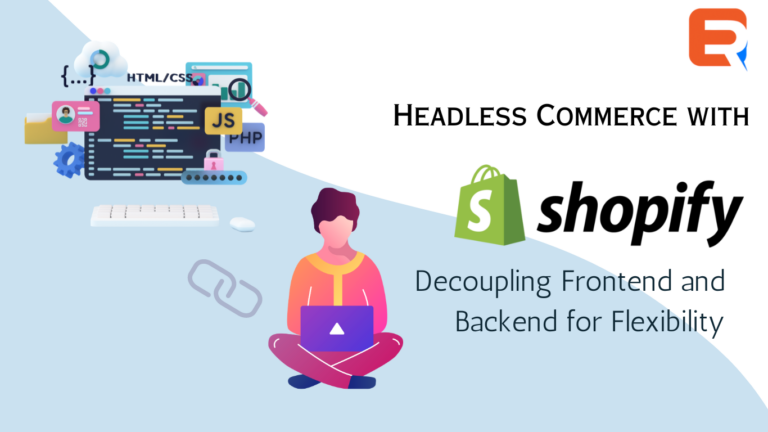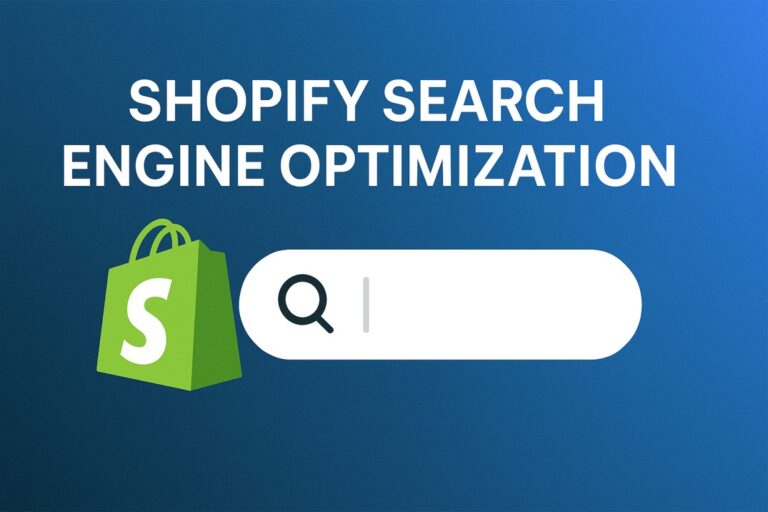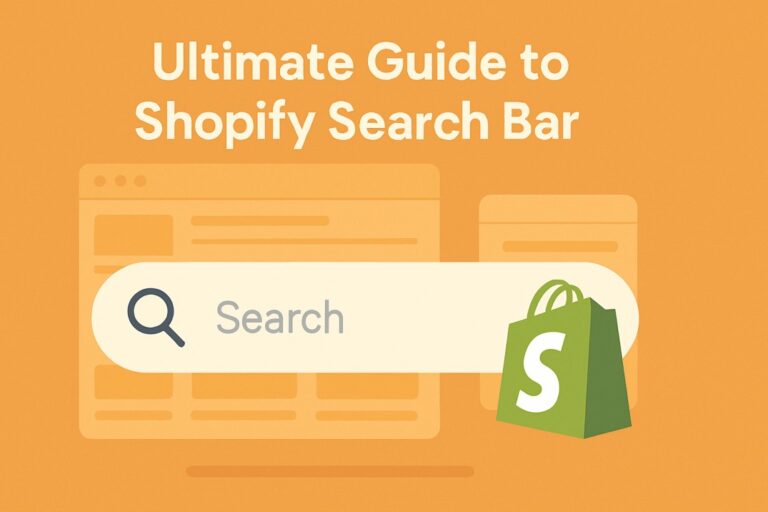This year, the e-commerce market crossed the $1 trillion mark and is on its way to crossing the $1.3 trillion mark by 2025. No wonder the e-commerce market and the competition in it are on the rise. Hence, it is crucial to differentiate your brand from the pool of brands by providing a terrific user experience. Further in this article, let us introduce you to Headless Commerce, a new and trending concept that will help you achieve this goal.
What is Headless Commerce?
Headless Commerce Shopify is a framework under which the front end and back end of an e-commerce platform work separately. It is based on an enterprise platform (built into three units) that gives businesses the flexibility to customize the front end without making any changes in the back end. Customizations include using different tools for each component to improve functionality and the buyer’s experience, which are directly responsible for sales.
What Do Front End and Back End Mean?
You must have heard these terms before, but you don’t have a clear idea about them. Let us give you a clear idea! The front end is also known as the client side, this is the visible part of an e-commerce app or website with which buyers interact. It includes user interface (UI) elements, design, a product catalogue, a shopping cart, checkout, and the overall appearance of the e-commerce store. Its goal is to provide buyers with appealing visuals and functionality that entice them to browse further.
The back end is the server side, this is what goes on behind the scenes of an e-commerce app or website that buyers are not aware of. The back end manages underlying operations such as Database Management, Business Logic, APIs and integrations, performance, and security.
How Does Headless Commerce Work?
Headless Commerce Shopify decouples the front and back ends, but that doesn’t mean they are disconnected. An application programming interface (API) is placed between them that allows the exchange of information updates between both ends in real time.
APIs help the front end update shopping cart contents, initiate and complete orders, and perform other tasks.
Headless Commerce vs Traditional Commerce
Unlike Headless commerce, under the traditional commerce framework, the front end and back end of an e-commerce platform are tightly integrated. It is based on a monolithic platform (built as a single unit), also known as a traditional platform. A traditional platform makes it simple to set up an e-commerce store, and it also offers an all-in-one solution, from product catalogues to payment processing. With one exception, it only provides a limited number of templates, and when creating a personalized template by itself, businesses face several challenges.
The debate over Headless commerce vs. traditional commerce has raged since Headless commerce first entered the market. Let us compare Headless and traditional commerce based on these criteria –
-
Flexibility
Traditional commerce keeps the front-end and back-end components integrated. This makes it difficult to modify one end without affecting the other end. Hence, this model fell short in flexibility when compared to Headless commerce.
In contrast to traditional commerce, Headless commerce keeps the front-end and back-end components separated. This enables businesses to modify one end without worrying about the other.
-
User Experience and Customization
Traditional commerce platforms offer built-in templates for the front end, limiting businesses’ ability to create their own unique user experience. Businesses require technical expertise to customize the front end to create their own personalized user experience.
Headless commerce provides businesses with complete control over the front end. This enables businesses to use technological advancements to tailor design and the user experience to their preferences.
-
Scalability and Performance
On monolithic platforms, upgrading certain components can be quite challenging as it will require structural changes. This challenge also arises when upgrading back-end components to handle increased traffic in traditional commerce.
Decoupling the front end and back end allows the Headless commerce model to offer great scalability and performance. Businesses using the Headless commerce model can upgrade front-end components to improve performance and user experience, as well as back-end components to handle increased traffic. It results in faster performance and enhanced customer experiences.
-
Integration
Traditional platforms allow the integration of third-party systems but with certain limitations. Also, the process of integrating third-party systems in this model is more complex than in the Headless commerce model.
The Headless commerce model outperforms traditional platforms in integration capabilities. Businesses are free to integrate various third-party systems. These third-party systems include payment gateways, inventory management systems, automation tools, etc.
Headless Commerce with Shopify
Shopify is a well-known e-commerce platform that has built over 4.12 million e-commerce websites. Shopify is based on traditional commerce platforms. However, it has embraced the Headless Commerce Shopify model, which is available to Shopify Plus account users.
By decoupling the front end and back end, Shopify offers excellent performance and flexibility. It is a great opportunity for e-commerce store owners to upgrade their stores to headless. Headless Commerce Shopify allows e-commerce owners to seamlessly customize the storefront and integrate third-party systems.
Pros of Headless Commerce with Shopify
1. Performance
Having separate front-end and back-end systems allows businesses to upgrade both ends according to their needs. The back end ensures stability and scalability, while the front end ensures fast loading times.
2. Faster Time-To-Market
Having separate front-end and back-end systems allows development teams to work separately on their respective projects without worrying about the other end.
3. Omnichannel Experiences
Headless commerce allows businesses to provide consistent customer experiences across mobile, web, and IoT devices.
4. Enhanced Agility
Headless commerce gives businesses the agility to cope with market trends. And, the flexibility to experiment with different designs and create its own identity.
The Final Verdict
In today’s digital world, where thousands of people are opening their e-commerce stores every day, each with the ambition of turning their stores into multi-million dollar brands, It is hard to strive in this pool. You can’t compete with them if you are doing nothing special. Headless Commerce Shopify can be viewed as an opportunity to establish a distinct brand identity and provide services that other businesses cannot. Headless commerce has proven superior to the traditional commerce model in every aspect except that it is more difficult to use than traditional Shopify.




